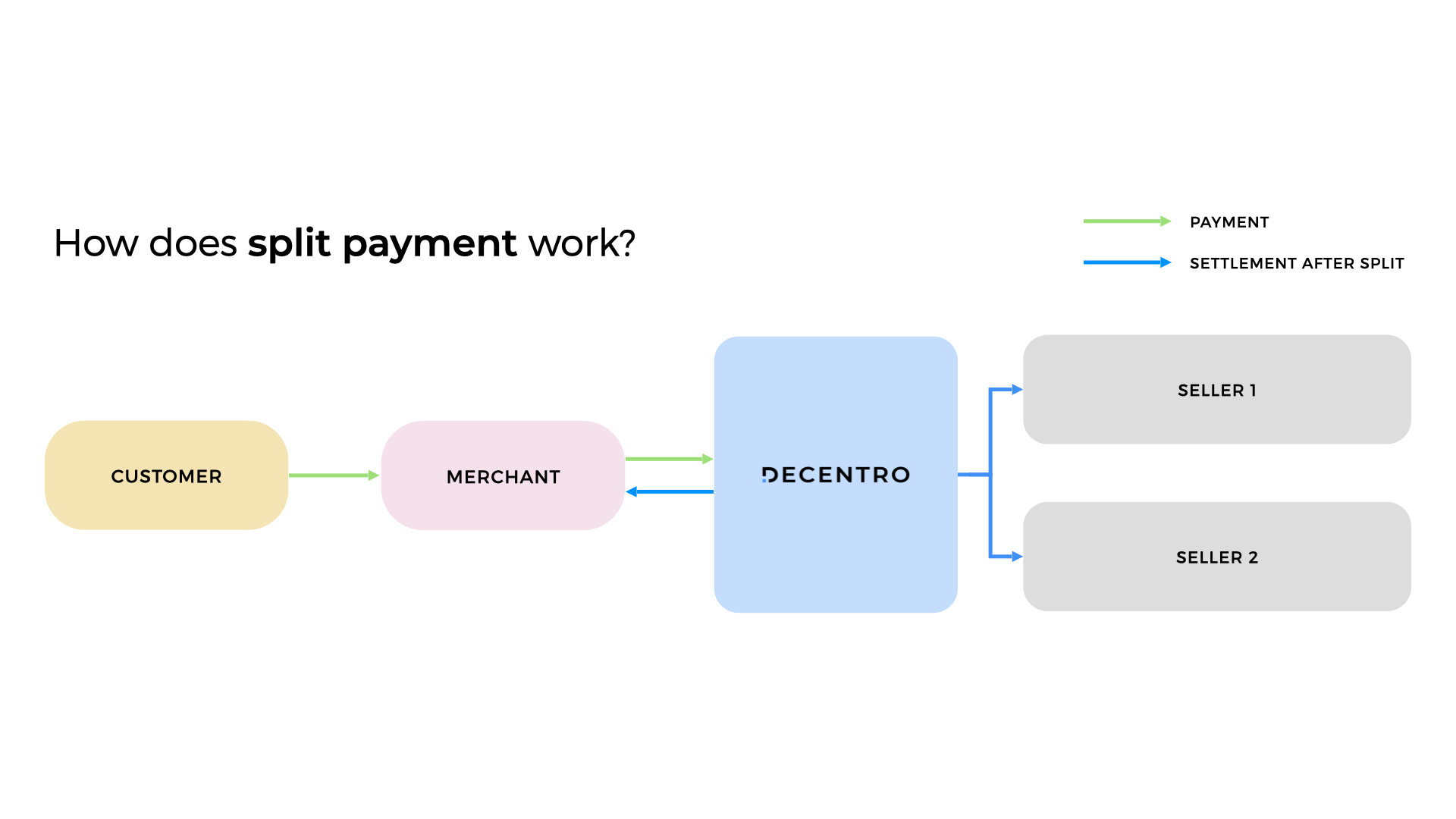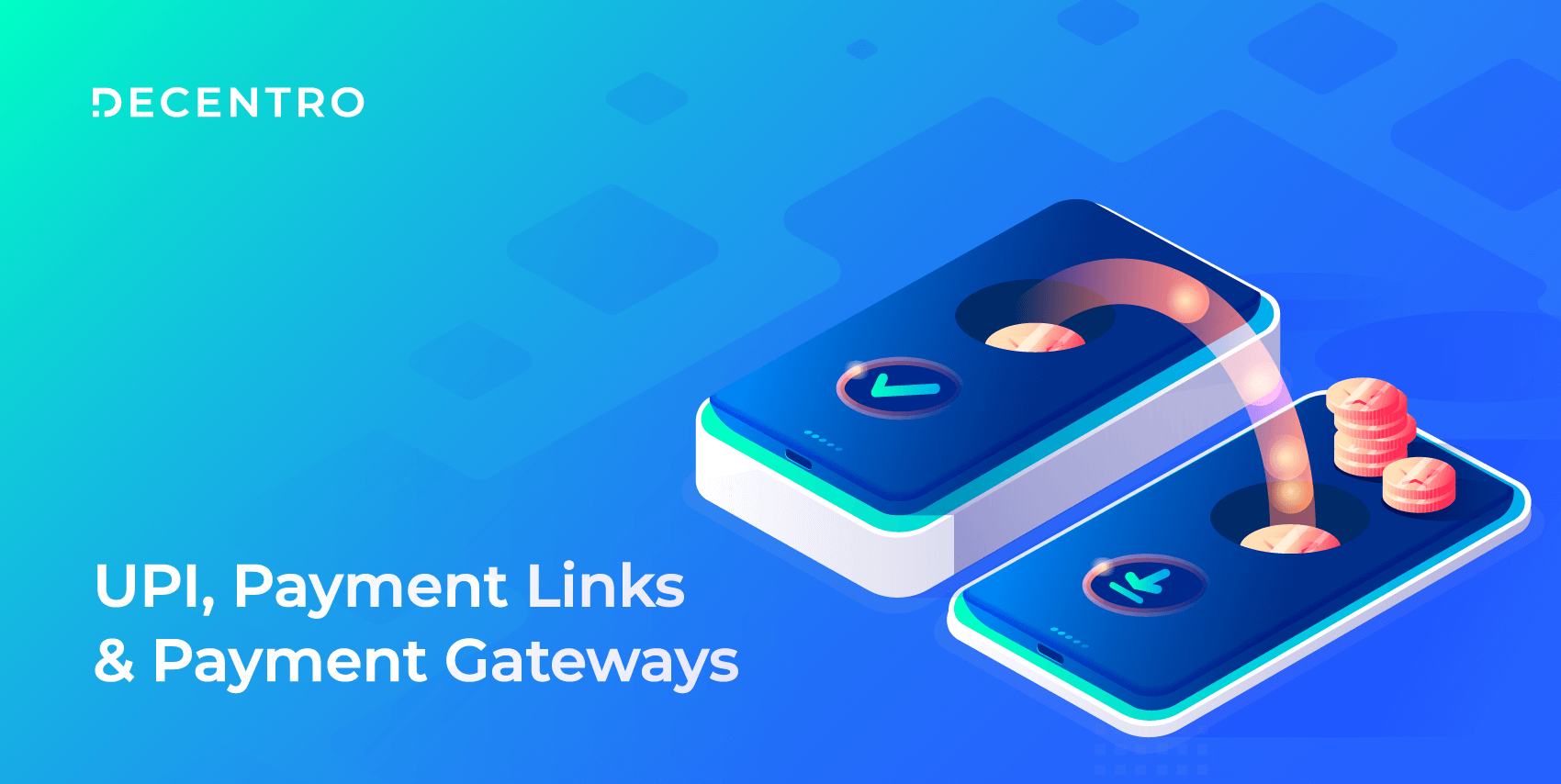What are QR codes? How do they help merchants, vendors, retailers, & offline businesses have a seamless payments flow? Let’s find out!

Why QR Code Payments MUST Have a Place In Your Business!
Table of Contents
A visit to the nearby Kirana store, riding a taxi (after an eternity of cancellations & praying), booking movie tickets, shopping at your favorite outlets… the pre-pandemic era had us on our feet much more.
At the same time, it did bring a way of change- the way people consumed goods & services, both online & offline. A couple of years ago, could we imagine any mode of payments other than cash or cards which an offline store would accept?
While UPI payments have disrupted the universe of transactions, there’s yet another payment methodology that’s gaining traction equally, perhaps more in the future.
Let’s talk about the Robin to the UPI-Batman, today- QR Codes!
A study conducted by PYMNTS and American Express shows how customers globally have moved on from contact-based payments such as cash, since the wake of the pandemic.

The study also found that brick-and-mortar business owners are moving towards creating a contactless payment system, to provide utmost convenience to both customers & employees!
Needless to say, QR code payments have an increasing presence in offline businesses; but before that.
What Are QR Codes? How Do They Work?
Back in 1994, the Japanese automotive company Denso Wave developed an alternative to barcodes that could be scanned in any direction and had patterns both vertically and horizontally. This simple pattern of black barcodes arranged in a square grid can be easily scanned by a compatible code scanner/reader or a smartphone with an in-built camera reader.
QR code, or Quick Response Code, is a machine-readable, easy-to-scan optical label that is similar to a barcode and helps a user perform a variety of tasks such as make a payment, navigate to a particular location such as an online website, or access data in the form of an image or PDF, among others!
In comparison, a QR code can hold 100X more info than a barcode. Moreover, it can store up to 7,089 digits or 4,296 characters, including punctuation marks and special characters making it a lucrative option for business owners for a variety of uses, payments for instance!

When a user scans a QR code for payment, they can either the amount of the bill or the merchant automatically generates it. The same is facilitated by common UPI apps such as Google Pay or PhonePe, thanks to the interoperability feature of QR codes.
According to RBI, the BHIM UPI QR code is the world’s 1st ever interoperable PPI that can be used across UPI apps.
Note: Further, the latest circular by RBI also instructs merchants to shift completely and to use only interoperable QR codes. It has banned payments system operators from launching proprietary QR codes that do not accept funds from all UPI apps.
Types of QR Codes
We can broadly classify the types of QR codes as:
- Static Codes
- Dynamic QR Codes
The information that’s encoded in static QR codes is full and final. By this, we mean that once the QR code is created, it isn’t possible to change the data within, and in turn, the data it points to. If there is an error, the entire QR code will be obsolete. In a static QR code, the information is directly encoded, making the pattern denser. What are some common places where a static QR code finds use?
- A small store owner who accepts payments from customers
- Any crucial information that must not be changed such as an ID card or employee details
On the other hand, dynamic QR codes have a short URL that’s placed within. This provides the creator the flexibility to change the destination/data of the QR code any number of times. What are some examples of dynamic QR codes in use?
- Scanning a menu at a restaurant
- A business sharing product catalog, website details, and more!
- Payments at shops or outlets with more than one point of purchase, all directing to the same payment destination.
What are Some Key Use-cases of QR Code Payments?
As we’ve seen, QR code payments can find use in umpteen ways in the everyday functioning of offline businesses. Let’s take a look at some of the popular use-cases.
Kirana Stores & Retail Outlets
An increasing number of Kirana Stores are moving to QR codes to accept payments from their customers. Retail outlets also station scannable static or dynamic QR codes at PoS(point of sale) machines to enable easy checkout for customers. The retailer can enter the amount, generate the QR code, and the amount automatically reflects in the UPI app of the user, who can proceed to transact in just 2 clicks. Alternatively, the user can enter the amount and pay the shop owner too. Talk about smooth payments for offline businesses!
Business Correspondents
Business correspondents are agents who provide banking & financial services to users at locations other than official branches or ATMs. The BCA network constitutes 91% of the total banking outlets in India. A BC can use QR codes to facilitate payment collections from customers at the comfort of their homes and enjoy any financial or banking services easily.
Vendors, Small Merchants, SMEs
QR code payments make life easier for vendors, small merchants, and SMEs as well. While vendors enjoy instant payments via QR codes & UPI, small merchants can save on the money they must spend as commission or transaction fees to a payment service provider like payment gateways. Similarly, B2B payments that are high in volume, would require SMEs to pay a hefty amount as processing fees, which can be avoided using QR code payments.
Utility Bill Providers
A utility bill service provider offering services such as water, cooking gas, or electricity can make use of multiple QR codes to collect payments from customers. All they need to do is embed the QR code along with the bill- the customer can easily scan the same via the physical invoice.
Pay & Park Businesses
Pay ‘n Park service providers can ensure an uninterrupted and quick checkout process by using QR code payments. They can either embed the same in the parking ticket or provide the same at the collection point.
How Do QR Code Payments Benefit Merchants, Shop Owners, Vendors?
QR code payments come with a host of benefits for offline businesses owners, both small-time shop owners and retailers with multiple outlets. Some of these include:
- Real-time, instant payments
- Contactless and a more secure payment alternative
- Convenience with interoperability feature
- Easy bookkeeping & transaction reconciliation
- Improved customer experience
How Can Decentro Empower Your Offline Business?
At Decentro, we’re happy to empower merchants and offline businesses to get the best out of digital payments and eliminate the traditional challenges they face when it comes to transactions & bookkeeping. Let’s see how!
Easy-to-Generate Static/Dynamic QR Payment Codes
Create either static or dynamic QR codes, as per your business needs, with Decentro’s Payments APIs. The entire payment stack supports a variety of transfer methods such as UPI, bank transfers, in addition to QR code payments. The QR codes are tied to UPI IDs, which are in turn, associated with virtual accounts created exclusively for your offline business. Accept payments easily, and in real-time, without any settlement delays.
Simplify Collections with White-labelled UPI IDs
When we said UPI IDs, did we also say that you can enjoy the white-label feature alongside? Brand the UPI IDs in the name of your business, and make it truly your own. This instills a sense of trust in your customers, further elevating the experience they have with your business.
Simplify the payment collection process, by 5X, using UPI IDs. In addition to QR codes, you can also make use of payment links. Want to provide an extended payment timeframe? Simply share these links, customized with the amount, over WhatsApp. Decentro’s conversational banking feature takes care of social payments over any chat platform!
Real-Time Payment Reconciliation
Running an offline business is no easy feat, and we understand that. We’ve seen many business owners who struggle at the end of the month trying to figure out the missing payments, reversed transactions, and overall expenses. To ensure the same doesn’t happen with your business, we’ve set up a real-time payment reconciliation feature via our virtual accounts.
Whenever a payment flows in, the same is reconciled in real-time, and ledgers updated. While QR code payments make life easy for your customers, our virtual accounts APIs make life even easier for your offline business. Oh, and you can create as many accounts as needed!
Enable Split Payments & Commission Settlements
If you are a multi-branch retail owner, tracking the money flow from each outlet can be made even simpler. Wondering how? Using Decentro’s split payments feature! No matter how many destinations to which your money circulates, bookkeep them efficiently in real-time without compromising on the cash flow cycle!

10X Faster Integration, at 90% Reduced Expenses
While all the features sound like a solid investment for your offline business, you’d be surprised to hear how long it typically takes for such a financial integration to go live. Days? Weeks? No, it’s months altogether. Imagine the capital expenditure that’d come along with it.
But, with Decentro’s financial & banking APIs, your business can go live 10X faster, and at 90% reduced expenses.
Don’t just take our word for it. We’re super happy to enable Jumbotail, one of the country’s largest online marketplace for food & grocery shopping in the same manner. Similarly, Minko Pay, a platform that helps suppliers and distributors get paid faster!
We help businesses of diverse natures such as neobanks, fintech lenders, gig economy platforms, NBFCs, and more!
If your business is looking to make payments swift, secure, and simple, let us help! Drop us a message at hello@decentro.tech!
Until we see you next time,
Cheers!



Amazing blog.
Thank you